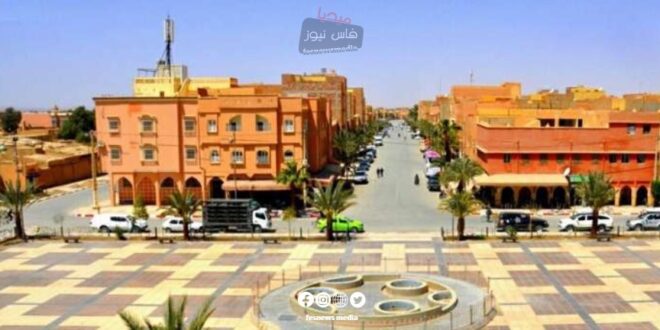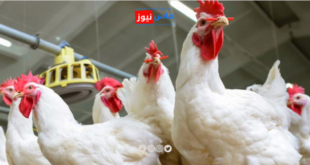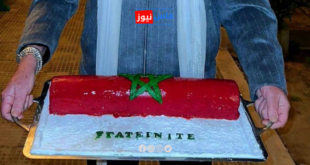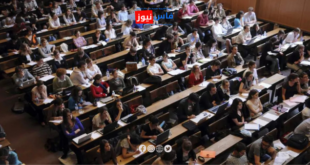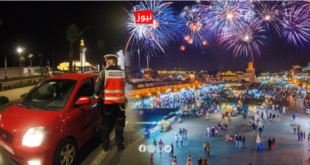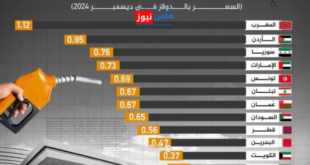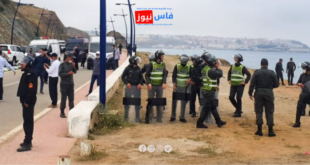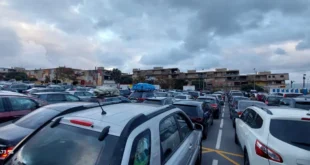ERFOUD, Morocco – Residents of Erfoud in the Errachidia region are grappling with a dangerous challenge as scorpion populations surge, particularly during the summer months. This escalating situation has sparked significant concern among locals and poses a serious threat to their safety.
A local source reported that approximately 14 scorpions are found weekly in the area, highlighting the scale and severity of the problem. Many citizens have expressed their dissatisfaction with the current situation, calling on relevant authorities to intervene urgently to curb this alarming phenomenon.
In response to the crisis, residents are demanding immediate actions including:
- Spraying insecticides to combat scorpions.
- Sealing cracks and holes that serve as breeding grounds for these dangerous arachnids.
- Organizing a comprehensive cleaning campaign for the city to reduce garbage accumulation.
- Providing a safe and healthy environment for all residents.
The inhabitants have voiced their hope for a swift response from concerned authorities to provide necessary protection and ensure the safety of their children. They also emphasized the need for long-term preventive measures to avoid the recurrence of this problem in the future.
It’s worth noting that the proliferation of scorpions in residential areas poses a real threat to the health and safety of citizens, especially children and the elderly. Therefore, addressing this issue requires concerted efforts from both local authorities and citizens alike.
The presence of scorpions in urban areas not only poses immediate health risks but also affects the quality of life and peace of mind of the residents. The psychological impact of living in constant fear of scorpion encounters cannot be underestimated.
Local authorities in Erfoud are expected to assess the situation and implement a comprehensive action plan to address this problem as soon as possible, responding to residents’ demands and safeguarding public health in the city.
This incident also highlights the broader challenges faced by arid and semi-arid regions in Morocco in managing wildlife interactions within urban spaces. It underscores the need for sustainable urban planning that takes into account the local ecosystem and wildlife patterns.
As the situation unfolds, it will be crucial for both the community and local government to work together in implementing both short-term solutions and long-term strategies to create a safer living environment in Erfoud.
 فاس نيوز ميديا جريدة الكترونية جهوية تعنى بشؤون و أخبار جهة فاس مكناس – متجددة على مدار الساعة
فاس نيوز ميديا جريدة الكترونية جهوية تعنى بشؤون و أخبار جهة فاس مكناس – متجددة على مدار الساعة

